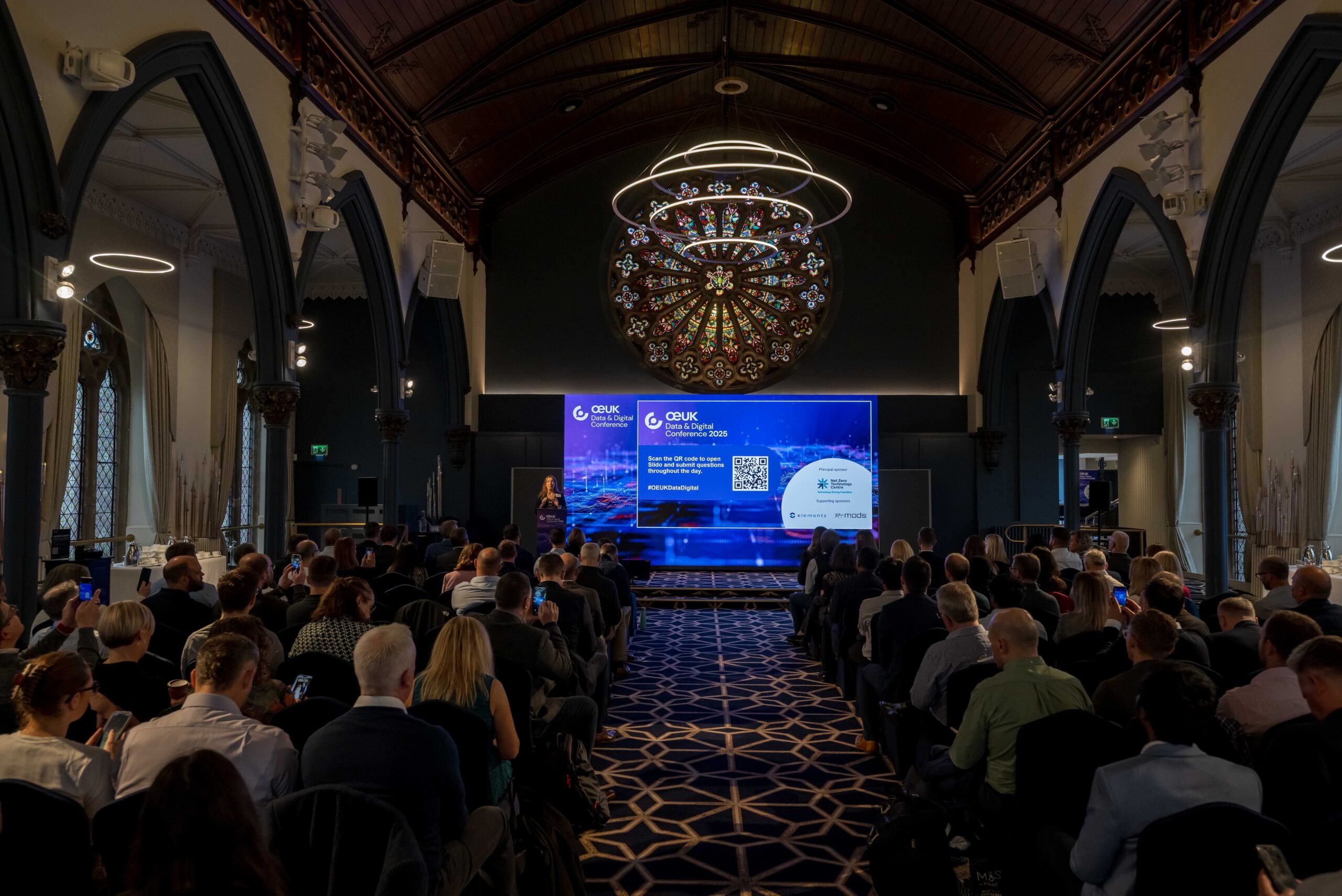NEWS & INSIGHTS | Opinion
What can the energy sector learn from aerospace and F1?

Data and digital technologies underpin critical decisions, processes and innovations in today’s world, and yet, we rarely stop to think about just how much we rely upon them. By stepping back and looking at how other sectors use data, we can gain a new appreciation of the digital foundations within the energy industry, and the opportunities for collaboration to accelerate progress toward a digitally enabled energy system and a net zero UK.
Learning from other sectors to advance data-driven energy
The aerospace and automotive sectors really highlight how transformative data can be. At first glance, Formula 1 doesn’t sound “digital,” but it’s one of the most data‑driven industries in the world.
Every millisecond of a race is analysed, from audio streams to sensors and cameras, all processed in real time. Five billion data points per race from real and virtual sensors are collected and turned into insights that shape driver decisions, pit‑stop timing and performance optimisation. Every car contains more than 300 sensors that send information used to make decisions during races and to enhance performance after each event.
Even though teams compete fiercely on the track, they collaborate on shared digital infrastructure, such as telemetry and antenna technology, recognising that some challenges are best solved collectively enabling more time and effort to be devoted to car and driver improvements. The energy sector would benefit from taking a similar approach – to compete where it’s commercially relevant to do so, and collaborate where it’s not.
Drawing parallels with offshore energy
Much like Formula 1 or aerospace, the energy sector is built on data, even if we don’t always label it that way. Offshore operations depend on a constant stream of digital information, from asset performance data and subsea monitoring to marine logistics, surveillance and communications.
Advanced military aircraft simply cannot be flown without digital systems – flight controls, radar feedback, sensor inputs and computer control systems all work together to make flight possible. Similar principles apply offshore, where data drives safety, operational efficiency and decision‑making.
Data-driven design and digital twins
In aerospace, digital technology is embedded from day one. Modern aircraft are designed digitally, tested using extensive computational models and simulations, and validated using digital models long before a physical prototype is made. Computational modelling and AI are being used extensively, with wind tunnels used only when needed, allowing engineers to explore countless variables and optimise designs virtually.
The energy industry can and should do the same with increased simulation testing, with physical tests where necessary. Digital twins of offshore assets support operations, maintenance and safety in ways that mirror those used in aerospace and automotive industries. Every decision, from equipment reliability to process optimisation, can and is underpinned by simulation and data analytics.
From an aerospace perspective, one example that captures this spirit of innovation and reliance on digital technology is Ingenuity, the small helicopter that flew autonomously on Mars. Environments were simulated on Earth to replicate conditions expected on Mars with heavy reliance on computational modelling and simulation. After more than 70 successful flights on Mars before an unfortunate blade failure, it’s a testament to the value that digital simulation and modelling can achieve.
When we map the seabed and analyse subsea structures, we’re effectively exploring new worlds, too, using high‑tech scanning systems and digital analytics to understand the environment around us. The digital technologies used are transferable as the applications are, in many ways, comparable.
Accelerating digital energy through collaboration
The UK energy sector is evolving rapidly. As we move toward net zero, the need for safe, efficient and data‑driven operations is only growing. Like aerospace and automotive sectors, energy systems are increasingly driving towards autonomous systems, leveraging AI, sensors and data to improve decision‑making and reduce risk.
Many of the technologies needed already exist and have been proven in other industries. The challenge is not to reinvent the wheel but to accelerate adoption through cross‑sector collaboration – connecting the right expertise, sharing insights and gaining visibility across industries. This is where the Net Zero Technology Centre thrives – facilitating innovation through collaborative projects, horizon scanning and technology roadmaps.
Together we can unlock the full potential of offshore digital technologies to build a smarter, safer and more sustainable digital energy system for the future.
Discover NZTC’s latest report on UK energy sector digital adoption, which benchmarks industry progress, highlights collaboration opportunities and outlines strategies to overcome adoption gaps.

Subscribe for the latest updates






